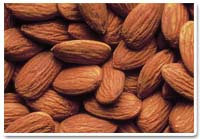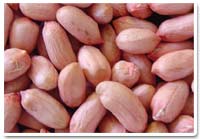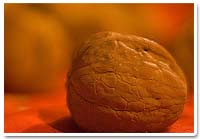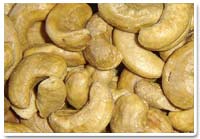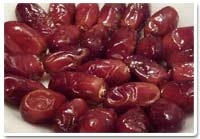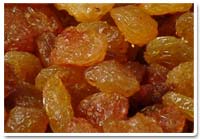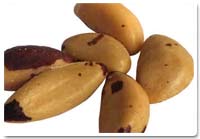Pistachio
An Introduction
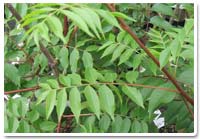
What is Pistachio?
Pistachios aren’t actually nuts. Pistachio ‘nuts’ are actually seeds of red or yellow plum-like fruits whose flesh is removed during processing. However, everyone calls them a nut because they look like ‘nuts’ and belong to the cashew family. Other things in the cashew family include sumac, mangos, and poison ivy.
Pistachio nuts have a delicate, subtle flavor that is wonderful either for eating out of hand or for flavoring both sweet and savory dishes.
How are Pistachios Available in the Market?
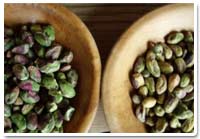
Pistachio may be roasted and salted or used as flavoring for ice cream and (Indian) hot, sweet, milk beverage.
Global Production of Pistachios
Iran is the world’s largest producer and exporter in pistachio industry and Iranian pistachio is considered the best in the world in terms of its taste and flavor. The major markets for pistachio consist of Europe, East Asia, Central Asia and the Persian Gulf Countries.
Nutritional Aspect of Pistachio
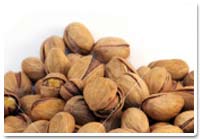
The nut is a great source of, thiamine, Vitamin B6, Vitamin A, folate, calcium, potassium, iron, zinc, selenium, magnesium and copper. In fact, pistachios contain more magnesium and copper than potatoes, milk, or bread. Pistachios are rich in phytosterols that lower blood cholesterol levels and also have the potential to prevent cancer. They are also rich in dietary fibre: in fact, an ounce of nuts contains more fibre than half a cup of spinach.
The tree gum is used to make blood-clotting agents and also to treat periodontal diseases. In folk medicine, the pistachio is a cure for liver and other abdominal complaints, chronic cough, abscesses, sores and vascular insufficiencies. Pistachio leaves are a fertility drug in the folk medicine of Lebanon, and, in much of Arabia, the nuts are thought to have aphrodisiacal properties.
Some Interesting Facts About Pistachios
According to Moslem legend, the pistachio nut was one of the foods brought to Earth by Adam.
Pistachios are royalty. As the legend goes, the Queen of Sheba made an official declaration that pistachios were an exclusively royal food. In fact, she even went so far as to forbid commoners from growing the nut for their own consumption.
Nebuchadnezzar, the ancient king of Babylon, also had a passion for pistachios. It is said that he had pistachio trees planted in his hanging gardens.
And the Mogul Emperor, Akbar the Great, hosted lavish banquets befitting his royal status. He often served chicken at these banquets, and ordered all the chickens to be fed pistachio nuts for 6 to 8 weeks in advance to give the chickens a more delicious flavor.
Pistachios are called “the smiling nut” in Iran and “the happy nut” in China. People in the Middle East sometimes refer to the pistachio as the “smiling pistachio.” In those same countries, if you are sitting under a Pistachio tree and you hear the shells snapping open, it is a sign of good luck.






